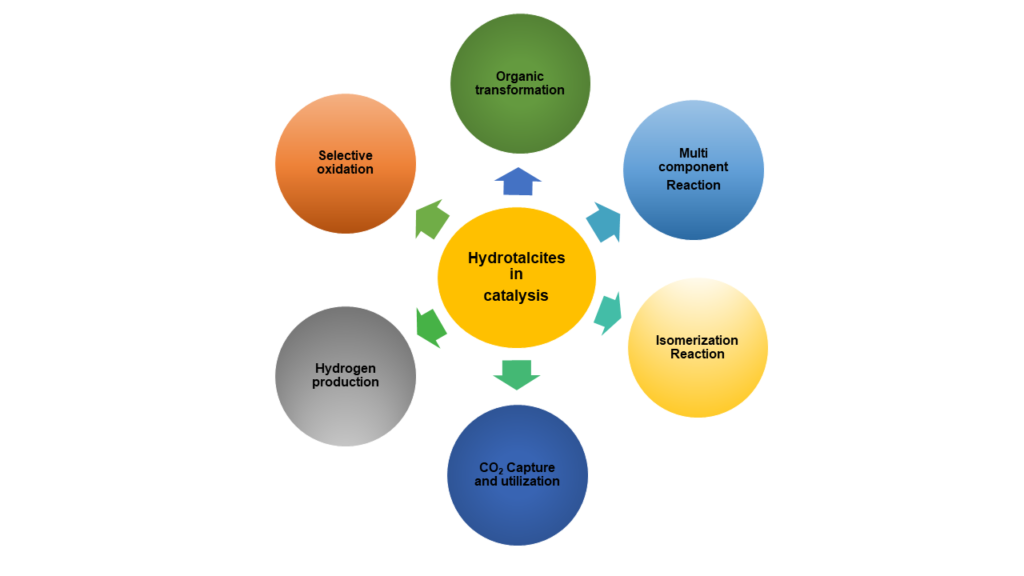Sorption-enhanced steam methane reforming (SE-SMR) represents a process intensification of conventional steam methane reforming (SMR), driven by the need to comply with stringent greenhouse gas emission regulations and protect the environment. In order to meet these requirements and mitigate greenhouse gas emissions, material scientists, chemical engineers, and nanotechnologists are actively working towards developing hybrid materials.
Carbon dioxide, as a major environmental concern, plays a central role in this context. SMR is widely used in various industries for hydrogen production, including ammonia and urea production, refining hydro-treating, and fuel applications. However, conventional SMR faces challenges such as significant CO2 emissions, lower purity of hydrogen, and catalyst sintering.
To address these issues, SESMR employs hybrid catalyst materials designed to overcome the limitations of SMR. One promising catalyst precursor in SESMR is hydrotalcite, which offers the advantage of being adaptable and modifiable for in-situ carbon capture. By utilizing hydrotalcite, SESMR not only enables the mitigation of CO2 emissions but also provides high-quality hydrogen suitable for fuel cell applications, with purity levels reaching up to 99.4%.
In summary, SESMR serves as an intensified and improved approach compared to conventional SMR, offering the potential for cleaner hydrogen production and effective carbon capture.

All reactions:
44